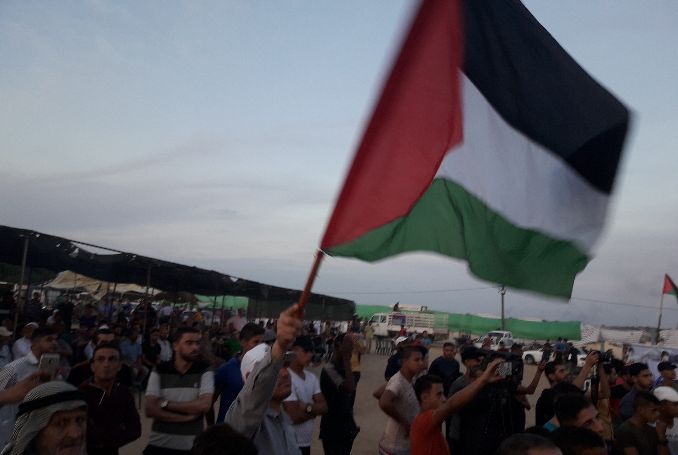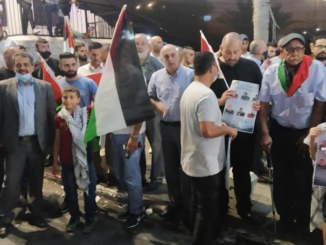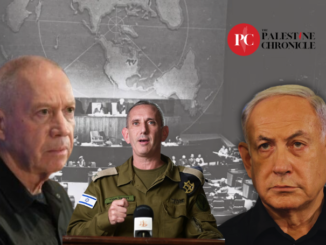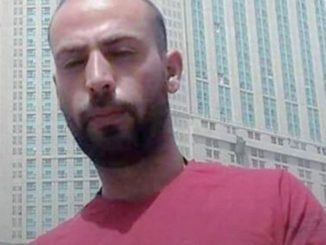
When you look at the history of the South African struggle for liberation one cannot help but notice the tremendous role played by youth in fighting against the apartheid system and the many other struggles in the world that resemble this kind of youth insurgency. Young people took it upon themselves to fight for their freedom and stand up against a massive system that sought to suppress their identity, repossess their land and barricade them to the confines of Bantustan in an attempt to stifle their struggle for political and economic freedom.
The 76 uprisings in Soweto brings to witness thousands of youth as young as 12 years old fighting military police with nothing but their pride in Black consciousness, stones, and petrol bombs. They were fighting against a vicious system that did not recognize them as human beings but non-beings. The rise of the Black Consciousness Movement (BCM) and the formation of South African Students Organisation (SASO) raised the political consciousness of many students while others joined the wave of anti-Apartheid sentiment within the student community.
On June 16, 1976, between 3000 and 10,000 students mobilized by the South African Students Movement’s Action Committee supported by the BCM marched peacefully to demonstrate and protest against the government’s changed language policy on Afrikaans as a medium of instruction. The uprising took place at a time when liberation movements were banned throughout the country and South Africa was in the grip of apartheid. The protest started peacefully in Soweto but it turned violent when the police opened fire on unarmed students. By the third day, the unrest had gained momentum and spread to townships around Soweto and other parts of the country.
The class of 1976 bravely took to the streets and overturned the whole notion that workers were the only essential force to challenge the apartheid regime, but that a formidable unity was capable of trembling the echelons of power. The official death toll was 23, but it could have been higher than 200 because the incident triggered widespread violence throughout South Africa, which claimed more lives. The first student to be shot on that fateful day was 15-year old Hastings Ndlovu. However, the killing in the same incident of Hector Pieterson aged 12, made the movement gain worldwide recognition and widespread condemnation of apartheid.
Today, almost six months have passed since the start of a massive wave of protests known as the “Great March of Return”, organized by the Palestinians in the Gaza Strip, protests that are very much similar to those of the 76 uprising in Soweto. The protests commenced on March 30, in commemoration of Land Day, which marks the events of March 30, 1976 (a few months before the Soweto Uprising in South Africa), when Israeli police shot and killed six Palestinian citizens living in Israel as they protested against the Israeli government’s expropriation of their land.
The scenes of the current conflict between Palestine and Israel are reminiscent of the 1976 Uprisings where we see insurgent youth in Gaza taking to the streets in a desperate attempt to regain their humanity and their land. Young people were among those leading the protests, demonstrating their frustration against the continued stifling of their hopes and dreams in their occupied land.
The Great March of Return protests made a rallying call for the right of return of Palestinian refugees, a right enshrined in international law, to their homelands and the end of the siege imposed on the Gaza Strip by Israel and Egypt for over a decade. This blockade has caused suffering to the Palestinians living on the Gaza Strip as well as other parts of Palestine.
The living conditions of Palestinians are appalling and inhumane and the UN has reported that the Gaza Strip will be unlivable by 2020. The lives of Palestinians do not matter to Israelis and they are treated as a cheap trade-off by Israel for their continued apartheid rule. According to Al Mezan Center for Human Rights, 194 Palestinians have been killed and wounded more than 18,000 people in the Gaza Strip since the commencement of the protests on March 30.
The protests where further heighten by Israel’s demonstration of its disregard for the Palestinian people and the peace process when it, together with the USA, decided to name Jerusalem as its Capital. To mark this decision, the USA decided to move its Embassy office to Jerusalem. This sparked outrage from the Palestinian community, ahead of its annual commemoration of Nakba Day, which is a day to commemorate the displacement of Palestinians when the Israeli state was founded in the aftermath of the Second World War. The establishment of Israeli Independence through the United Nations in 1948 coincided with the institutionalization of apartheid as a system of domination in the same year. The lives of native Palestinians and native Africans began to change for the worst in the years to follow, with Palestinians still experiencing the catastrophe of segregation in view of the whole world.
Israel has continued its apartheid stance in its approach to the plight of the Palestinian people is leaving much to be desired for a peaceful resolution to the conflict in the area. Israel continues to treat Palestinians like non-humans, caging them like animals, restricting and surveillance their movement in the land of their birth. Palestinians, through these mass demonstrations, are displaying their animosity against the systems that seek to flush out their identity, heritage, and existence as human beings.
Much like the Soweto Uprising, Palestinians have used these demonstrations as a way of regaining their agency as citizens and inheritors of the Holy Land. The resistance of Palestinians is indicative of the continued struggle against coloniality in the world and there are many historical struggles that resemble the fighting spirit of Palestinians and which we draw inspiration. The Apartheid state of Israel must fall and a collective call from global authorities can ensure that its growth is stifled and the people of Palestine can be free.
– Nwabisa Sigaba is a Lecturer, unionist and activist and currently working at the University of South Africa. She is the founder of Al Madinah Institute and a propagator for the rights of women in Islam. She does research in Race, Ethnicity, African and International Politics, Decolonization, Africanization, Student Movements, Protest Politics, Religion and Politics. She contributed this article to PalestineChronicle.com







